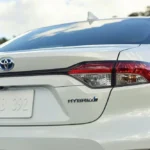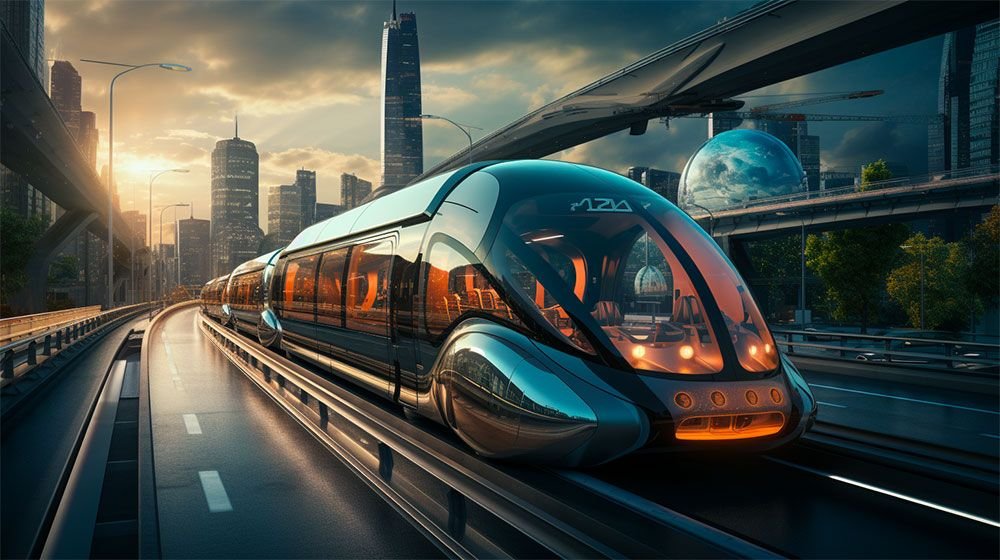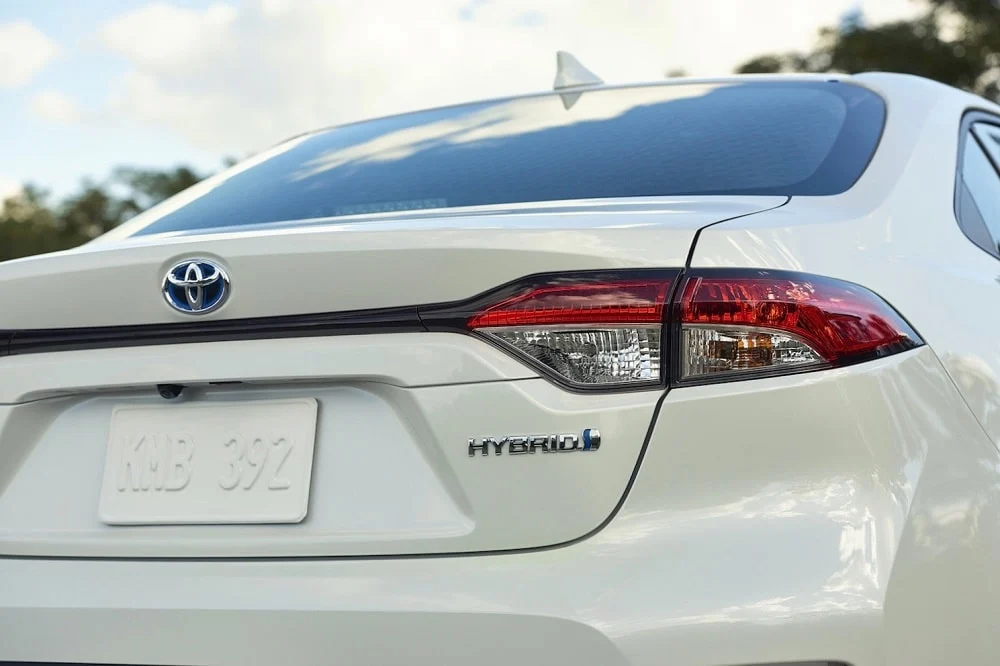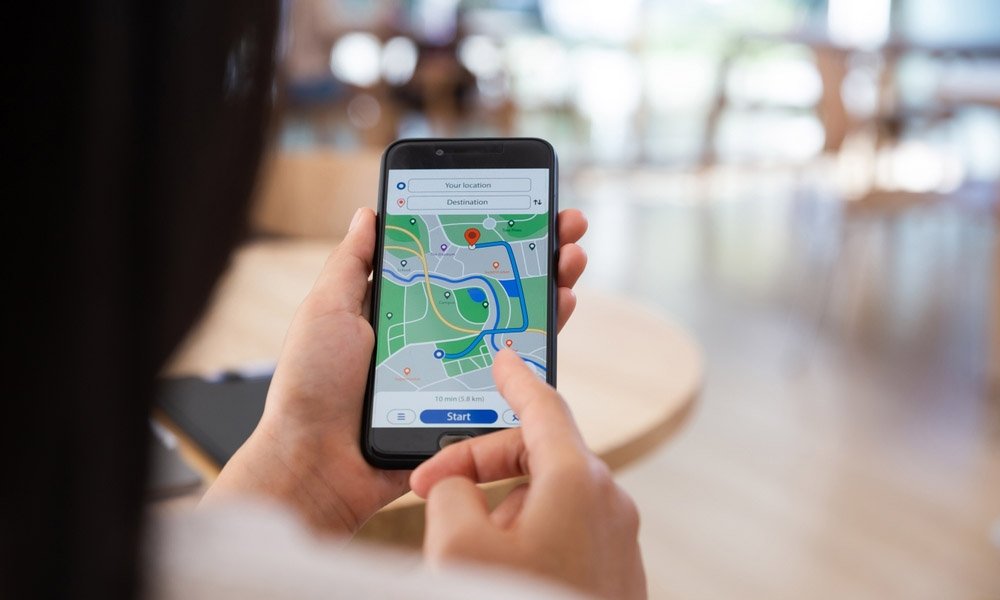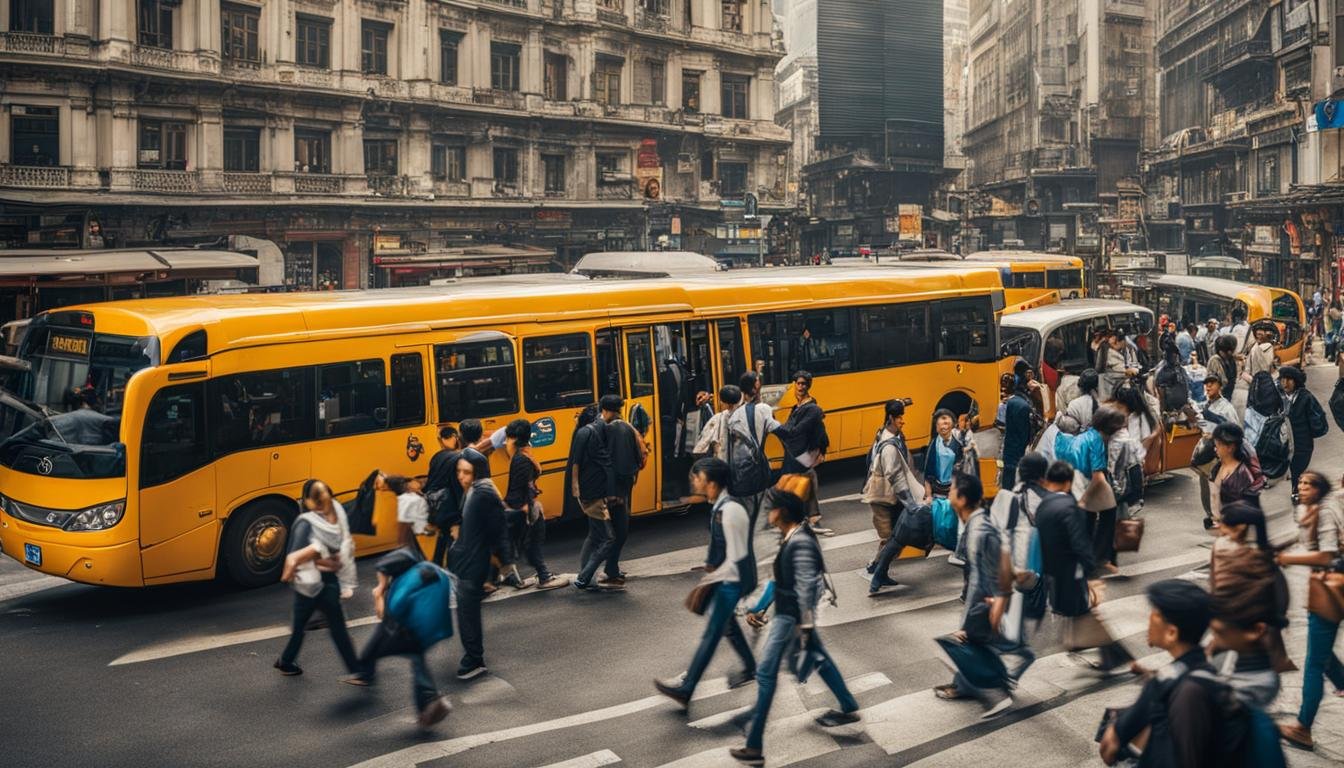Urban transportation has undergone significant changes over the centuries, shaping cities and the way people live and work. From the days of horse-drawn carriages to the advent of electric vehicles, transportation has always been at the heart of urban development. Today, cities are evolving to become more sustainable, efficient, and connected, while innovations like self-driving cars and smart infrastructure promise to revolutionize urban mobility in the future. Let’s explore the evolution of urban transportation, from the past to the present, and consider the exciting possibilities for the future.
1. The Past: Horse-Drawn Carriages and the Birth of the Streetcar
In the early days of urbanization, transportation was largely limited to walking or horse-drawn vehicles. In the 19th century, as cities grew rapidly due to the Industrial Revolution, there was a growing demand for more efficient ways to move people and goods around.
The first significant urban transportation system was the horse-drawn streetcar, which appeared in cities like New York and London in the early 1800s. These streetcars ran on tracks, providing a faster alternative to walking and increasing the mobility of urban populations. These early forms of public transport helped connect different parts of cities and laid the foundation for the mass transit systems we rely on today.
As the 19th century progressed, urban transportation evolved with the introduction of the omnibus, a large horse-drawn vehicle that could carry a greater number of passengers. The omnibus became a popular form of transport in cities across Europe and North America, particularly in bustling metropolitan areas.
2. The Present: Public Transit, Cars, and Electric Vehicles
Fast forward to the 20th century, and cities saw the rise of the automobile as the dominant mode of transport. The introduction of affordable cars, particularly the Ford Model T in 1908, revolutionized urban mobility. Cars allowed people to travel more freely, without relying on public transport, and transformed cities with the construction of vast networks of roads, highways, and bridges.
Simultaneously, public transit systems, such as buses, subways, and trains, continued to play a vital role in urban mobility. In cities around the world, these mass transit systems helped reduce congestion and provided an affordable option for people to commute. In large cities like New York, London, and Tokyo, subway systems became an essential part of daily life.
In the last few decades, electric vehicles (EVs) have begun to gain popularity as a cleaner and more sustainable alternative to traditional gasoline-powered cars. With rising concerns over climate change and air pollution, many cities are now incentivizing the adoption of electric vehicles by offering subsidies, installing EV charging stations, and creating low-emission zones.

3. The Future: Autonomous Vehicles, Hyperloops, and Smart Mobility
Looking ahead, the future of urban transportation promises to be more connected, automated, and sustainable than ever before. Emerging technologies such as self-driving cars, hyperloops, and smart transportation systems are set to transform how we move within cities.
Self-Driving Cars
One of the most anticipated developments in urban transportation is the rise of autonomous vehicles. Self-driving cars have the potential to reduce traffic accidents, ease congestion, and increase mobility for people who may not be able to drive themselves. With tech companies like Tesla and Waymo leading the charge, autonomous vehicles could become a common sight on city streets within the next few decades.
Self-driving cars could also pave the way for new forms of transportation, such as car-sharing and on-demand ride services. By eliminating the need for individual car ownership, self-driving vehicles could help reduce the number of cars on the road, decrease traffic congestion, and make transportation more efficient.
Hyperloops
The concept of the hyperloop, a high-speed transportation system where pods travel through low-pressure tubes, has gained considerable attention in recent years. Although still in the experimental phase, the hyperloop has the potential to revolutionize urban transportation by enabling ultra-fast travel between cities. Hyperloops could greatly reduce travel times and alleviate congestion in metropolitan areas by providing an alternative to traditional modes of transport.
Smart Transportation Systems
Cities are increasingly embracing “smart” infrastructure that integrates technology with transportation networks. This includes real-time traffic monitoring, smart traffic lights, and intelligent public transit systems that can adjust routes and schedules based on demand. In the future, smart cities could offer more personalized transportation experiences, where data and sensors help optimize traffic flow, reduce emissions, and improve accessibility.
Additionally, shared mobility solutions like bike-sharing, car-sharing, and electric scooters are expected to become more widespread in cities. These services can offer convenient, sustainable alternatives to private car ownership, helping to reduce congestion and lower carbon footprints.
Sustainable and Green Transportation
As concerns over climate change continue to grow, the focus on sustainable and green transportation will intensify. Many cities are already investing in infrastructure to support electric vehicles, bike lanes, and pedestrian-friendly zones. In the future, we can expect to see further innovations in sustainable transport options, including the rise of electric buses, solar-powered cars, and more efficient public transportation systems.
By integrating renewable energy sources with transportation infrastructure, cities can reduce their environmental impact and create cleaner, healthier urban environments.
4. The Role of Policy and Urban Planning
As technology advances, urban transportation systems will need to evolve through policy and urban planning. Governments and city planners will play a crucial role in shaping the future of urban mobility.
Policies that promote sustainability, incentivize electric vehicle adoption, and encourage the development of public transportation will be key to reducing traffic congestion, lowering emissions, and improving quality of life. Additionally, the integration of new transportation technologies, such as autonomous vehicles, will require careful consideration of regulations and infrastructure development.
Conclusion
The evolution of urban transportation has come a long way, from horse-drawn carriages to the prospect of self-driving cars and hyperloops. As technology continues to advance, cities are embracing new ways to improve mobility, sustainability, and accessibility. While the future holds exciting possibilities, it is essential to balance innovation with thoughtful urban planning and policies that prioritize the needs of citizens and the environment. The future of urban transportation is not only about faster, more efficient travel—it’s about creating cities that are connected, sustainable, and livable for generations to come.



